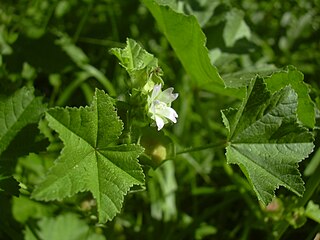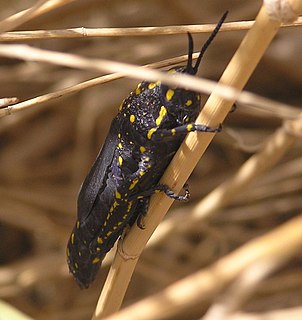| Sterculia lanceifolia | |
|---|---|
 | |
| S. lanceifolia fruit: Koh Lipe, Thailand | |
| Scientific classification | |
| Kingdom: | Plantae |
| Clade: | Angiosperms |
| Clade: | Eudicots |
| Clade: | Rosids |
| Order: | Malvales |
| Family: | Malvaceae |
| Genus: | Sterculia |
| Species: | S. lanceifolia |
| Binomial name | |
| Sterculia lanceifolia | |
| Synonyms | |
Sterculia roxburghii Wall. | |
Sterculia lanceifolia [1] is a bush/tree species belonging to the genus Sterculia in the family Malvaceae. [2] This species is found in Bangladesh, NE India, China and Indo-China and there are no subspecies listed in the Catalogue of Life. [2]

Sterculia is a genus of flowering plants in the mallow family, Malvaceae: subfamily Sterculioideae. Members of the genus are colloquially known as tropical chestnuts. The scientific name is taken from Sterculius of Roman mythology, who was the god of manure; this is in reference to the unpleasant aroma of the flowers of this genus. Sterculia may be monoecious or dioecious, and flowers unisexual or bisexual.

Malvaceae, or the mallows, is a family of flowering plants estimated to contain 244 genera with 4225 known species. Well-known members of economic importance include okra, cotton, cacao and durian. There are also some genera containing familiar ornamentals, such as Alcea (hollyhock), Malva (mallow) and Lavatera. The largest genera in terms of number of species include Hibiscus, Sterculia, Dombeya, Pavonia and Sida.

The Catalogue of Life is an online database that provides the world’s most comprehensive and authoritative index of known species of animals, plants, fungi and micro-organisms. It was created in 2001 as a partnership between the global Species 2000 and the American Integrated Taxonomic Information System. The Catalogue interface is available in twelve languages and is used by research scientists, citizen scientists, educators, and policy makers. The Catalogue is also used by the Biodiversity Heritage Library, the Barcode of Life Data System, Encyclopedia of Life, and the Global Biodiversity Information Facility. The Catalogue currently compiles data from 168 peer-reviewed taxonomic databases, that are maintained by specialist institutions around the world. As of 2018, the Catalogue lists 1,744,204 of the world's 2.2m extant species known to taxonomists on the planet at present time.











